Is an Invoice the Same as a Bill? With Definitions and Examples
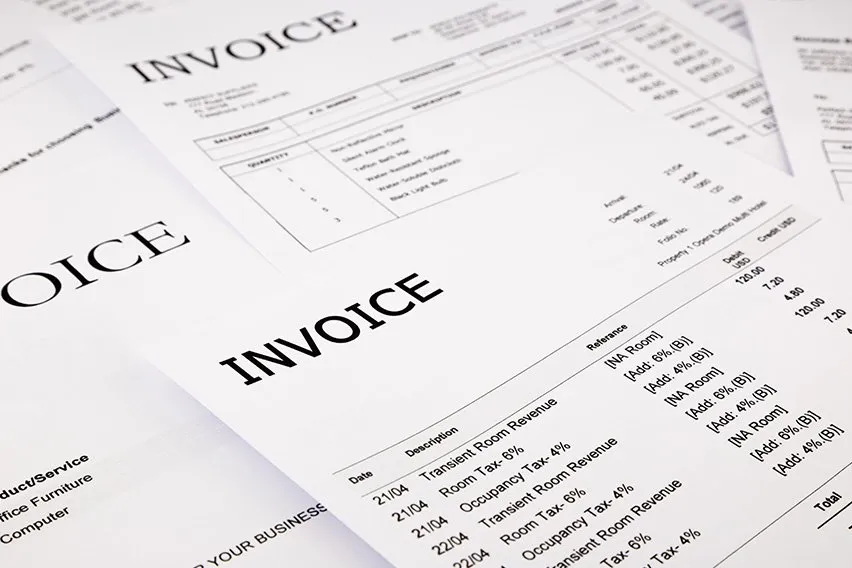
An invoice and a bill are documents that convey the same information about the amount owing for the sale of products or services, but the term invoice is generally used by a business looking to collect money from its clients, whereas the term bill is used by the customer to refer to payments they owe suppliers for their products or services. An invoice and a bill are essentially the same thing, but the two terms are typically used by different parties involved in the same business transaction.
The following topics will help you learn more about the functions of invoices and bills:
What’s the Difference Between an Invoice and a Bill?
What’s the Difference Between an Invoice and an Estimate?
Invoice Definition
An invoice is an accounting document issued by a business to its client that outlines the products and services provided and details the amount of money owing for the work. An invoice serves the following functions:
- An invoice is a business transaction that requests payment from a client for services rendered
- An invoice is issued before payment is received, as a way of requesting payment by a specific deadline
- An invoice provides the business with a record of the goods or services sold, for recordkeeping purposes

Bill Definition
A bill is a document outlining the amount a customer owes for goods received or services rendered and is printed or written out as a statement of the charges.
- A bill is issued before payment is sent
- A bill serves as a record for the customer of the goods or services provided by a business and acts as a reminder of payments owing
- When you receive an invoice from a supplier as a customer, you enter it in your books as a bill that must be paid
What’s the Difference Between an Invoice and a Bill?
An invoice and a bill convey the same information about the amount owed as part of a business transaction, but an invoice is generated by the business providing a service, and the customer receiving the invoice records it as a bill to be paid.
This example illustrates how the terms invoice and bill are used differently in accounting:
A business sends an invoice to a customer → The customer receives it as a bill → The customer pays the amount owing → The business issues a receipt as proof of the payment
What’s the Difference Between an Invoice and an Estimate?
An invoice and an estimate look similar to one another and contain much of the same information, but they serve very different purposes. Whereas an invoice requests payment for products sold or services rendered by a business, an estimate does not seek payment but rather offers a quote for future services and outlines the amount those services would cost the client.
An estimate is a proposal detailing what future services would cost the customer. Businesses provide clients with estimates before any work has begun and before any money is due for payment. Invoices, however, are presented to a client when work has been completed on a job and payment is due.

Estimates provide:
- An overview of the services a business will provide its client
- A project scope, so the client understands the work to be completed
- Timelines and completion dates for the project
- An estimate of the fees the client will owe for the work
- Other estimate terms and conditions specific to the job
What’s a Quote?
A quote provides the client with a fixed price for a project, whereas an estimate provides an estimate of the fees that will be incurred for a project, which could change. A quote is usually subject to a specific time frame, for example, many businesses will stipulate that a quote is only valid for 30 days from the day it’s issued. That’s because the costs a business incurs to produce its goods or provide its services can fluctuate over time.
Looking for an effortless way to streamline your billing process? Try our Free Invoice Generator. It’s perfect for freelancers and small businesses, ensuring accuracy and saving time. Elevate your invoicing today with just a click.
RELATED ARTICLES

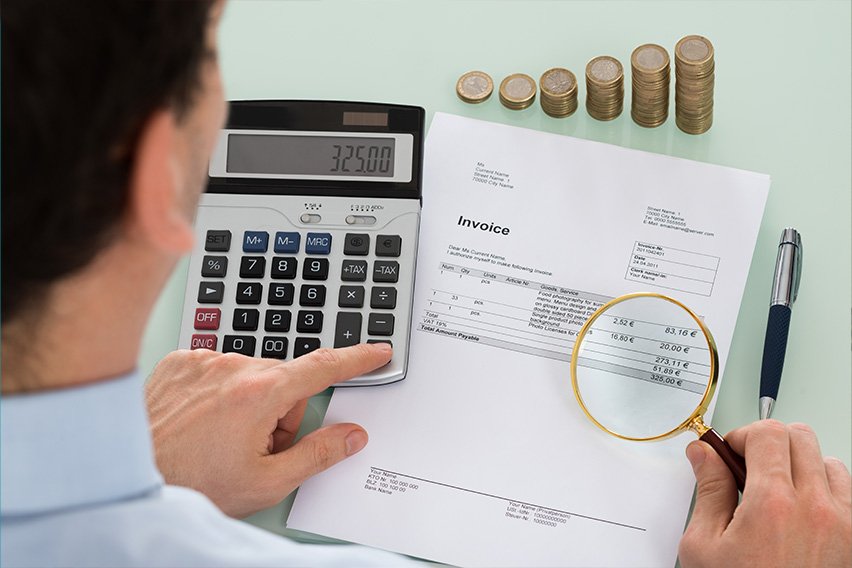 What Is a Sales Invoice? A Small Business Guide to Create One
What Is a Sales Invoice? A Small Business Guide to Create One Is an Invoice a Contract? Create Freelance Contracts to Protect Your Business
Is an Invoice a Contract? Create Freelance Contracts to Protect Your Business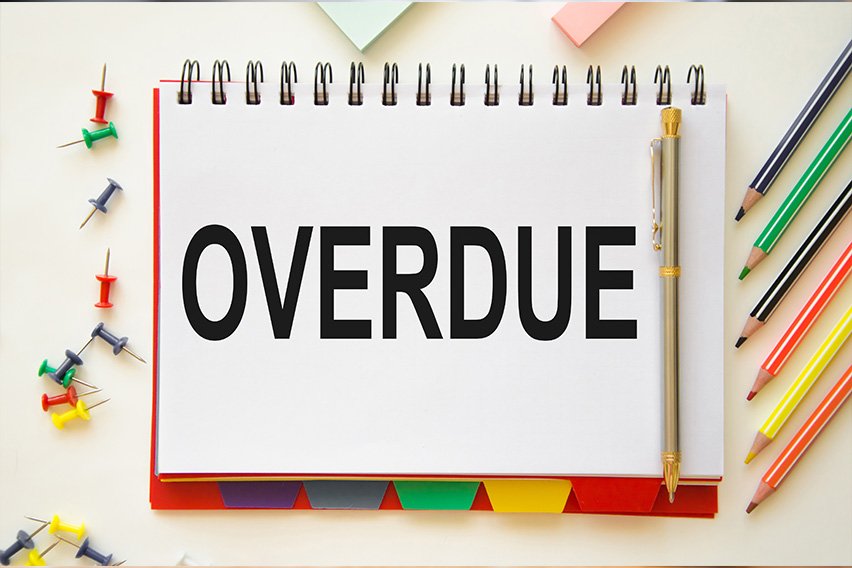 How to Make Invoice Number Change Automatically in Excel
How to Make Invoice Number Change Automatically in Excel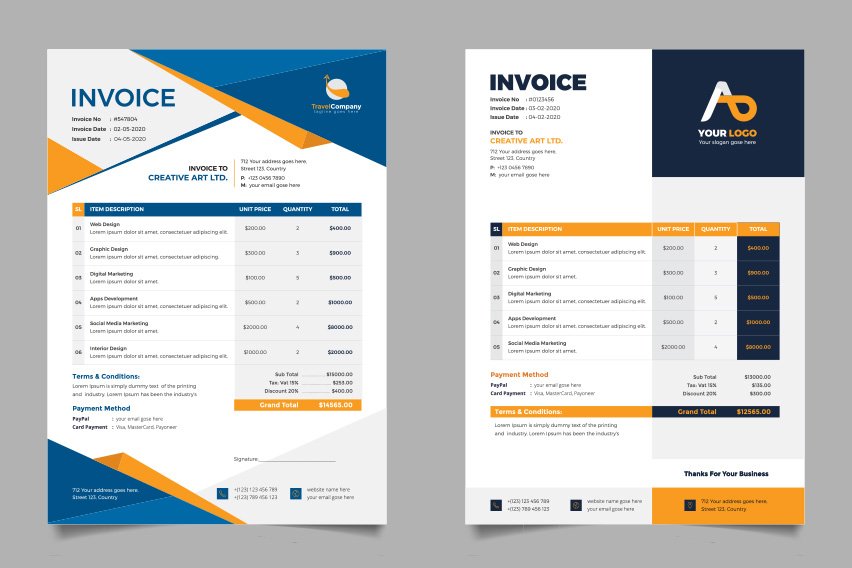 How to Make a Business Invoice And Tips for Faster Payment
How to Make a Business Invoice And Tips for Faster Payment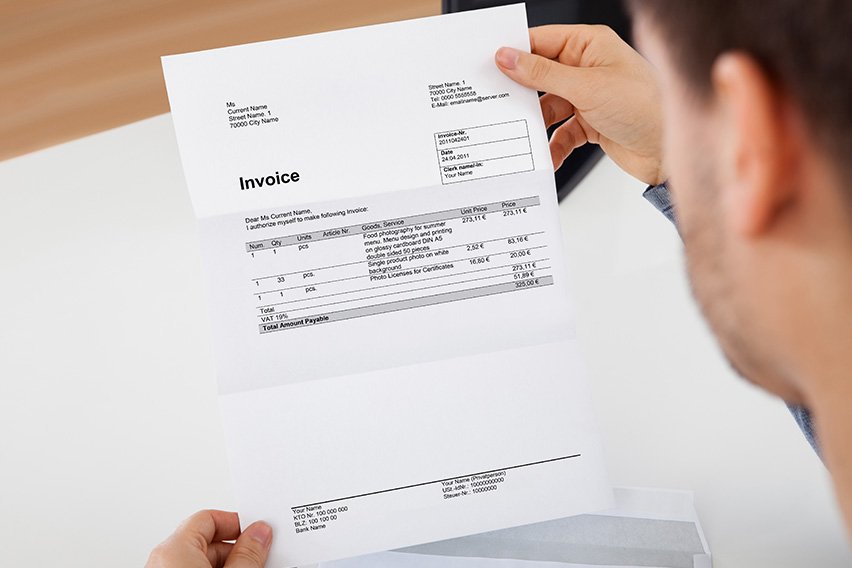 How to Read an Invoice: The 5 Most Important Things to Look For
How to Read an Invoice: The 5 Most Important Things to Look For Can I Charge Interest on Late Invoice Payments? Invoicing Etiquette Explained
Can I Charge Interest on Late Invoice Payments? Invoicing Etiquette Explained